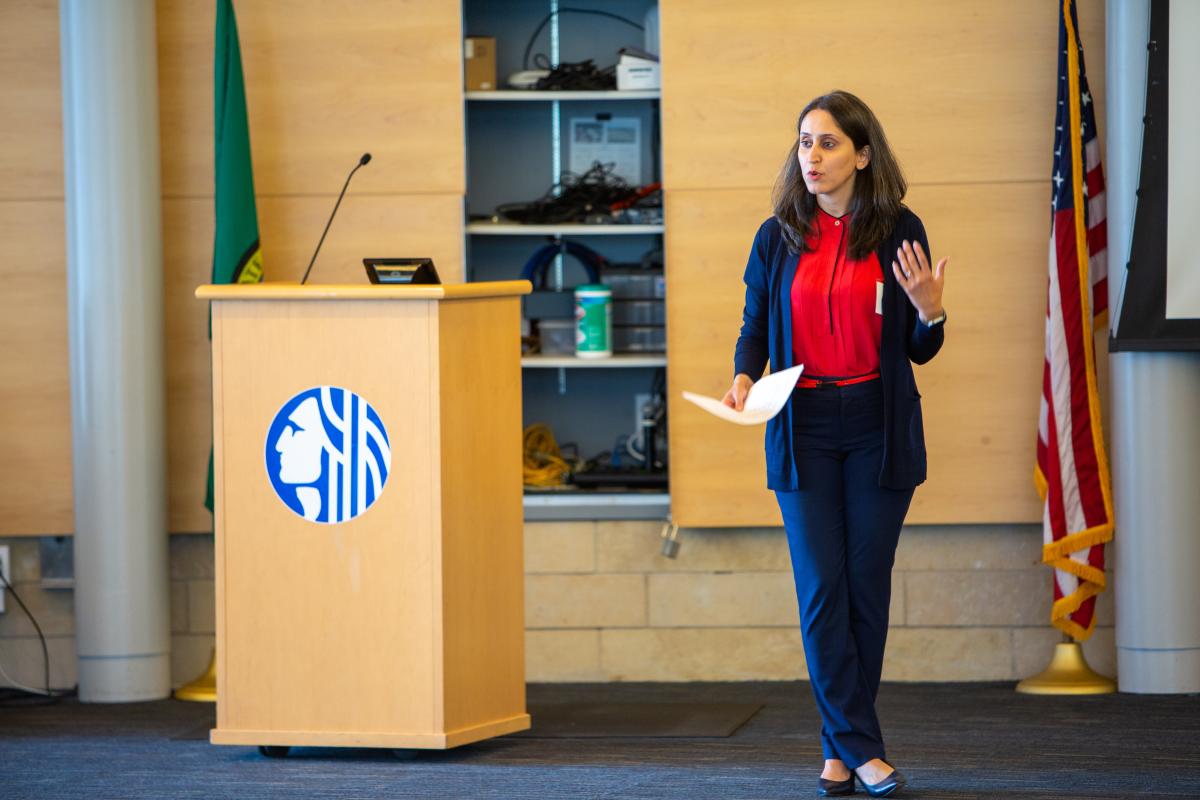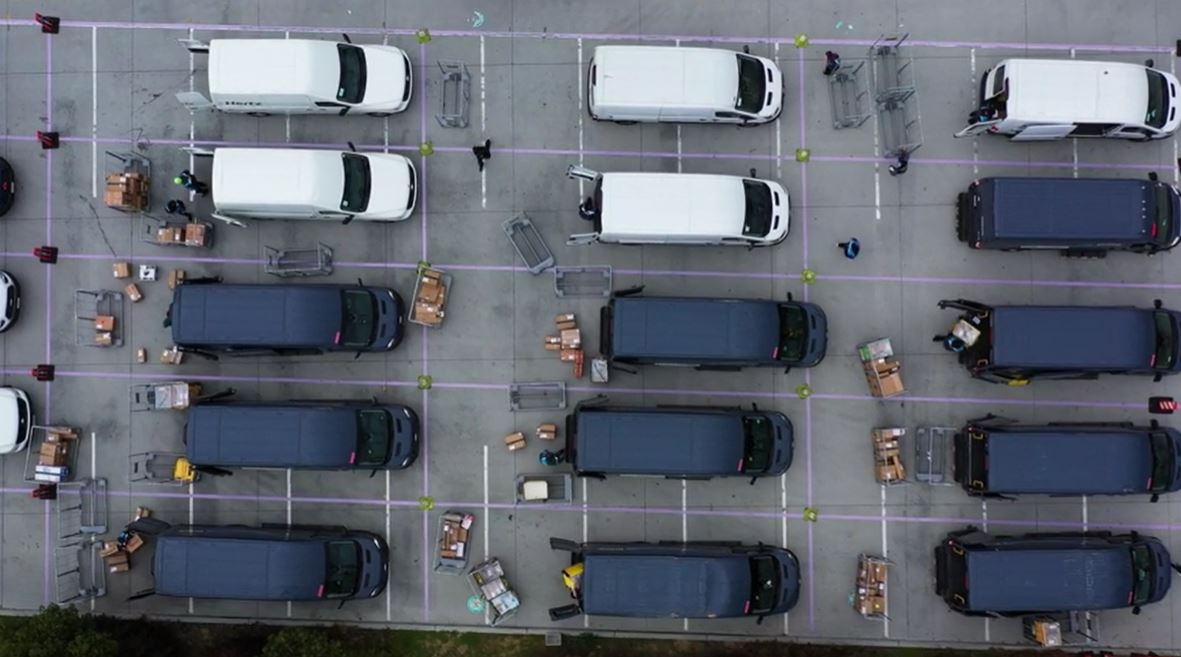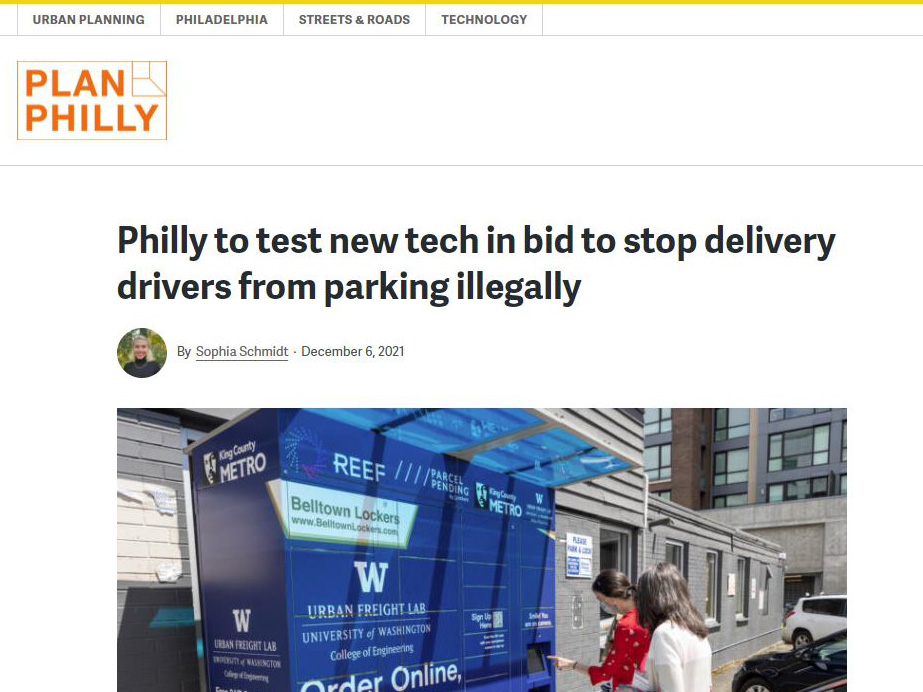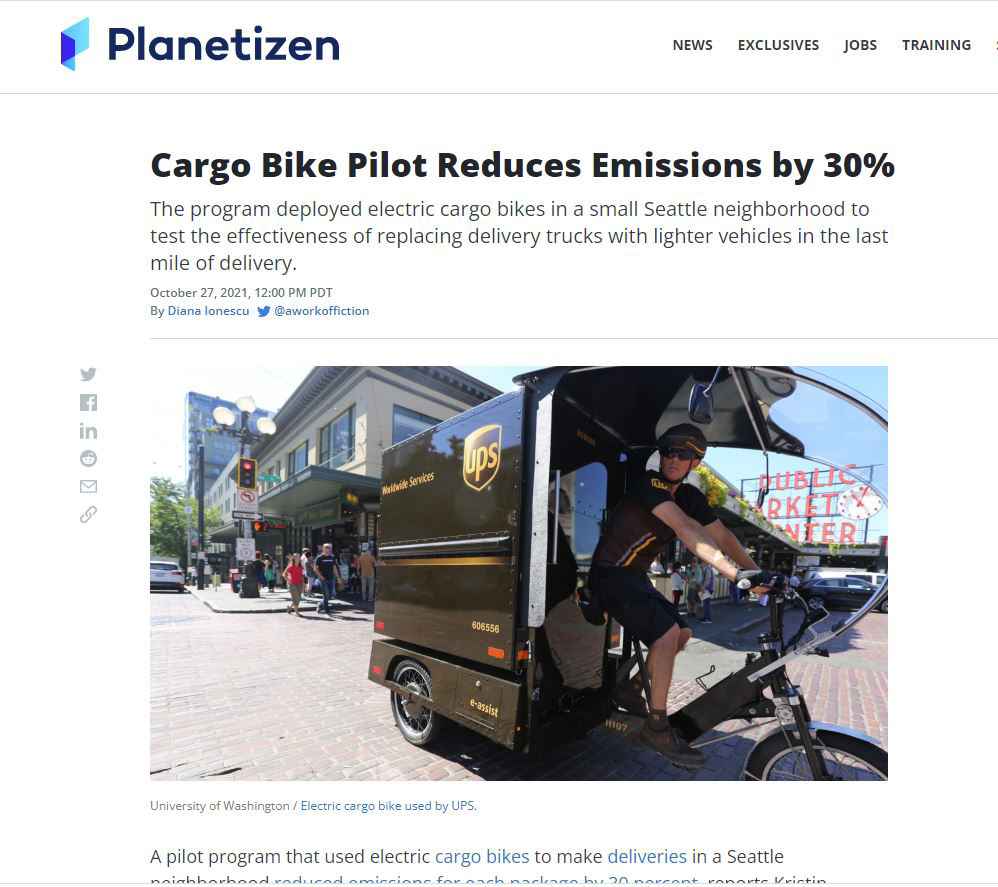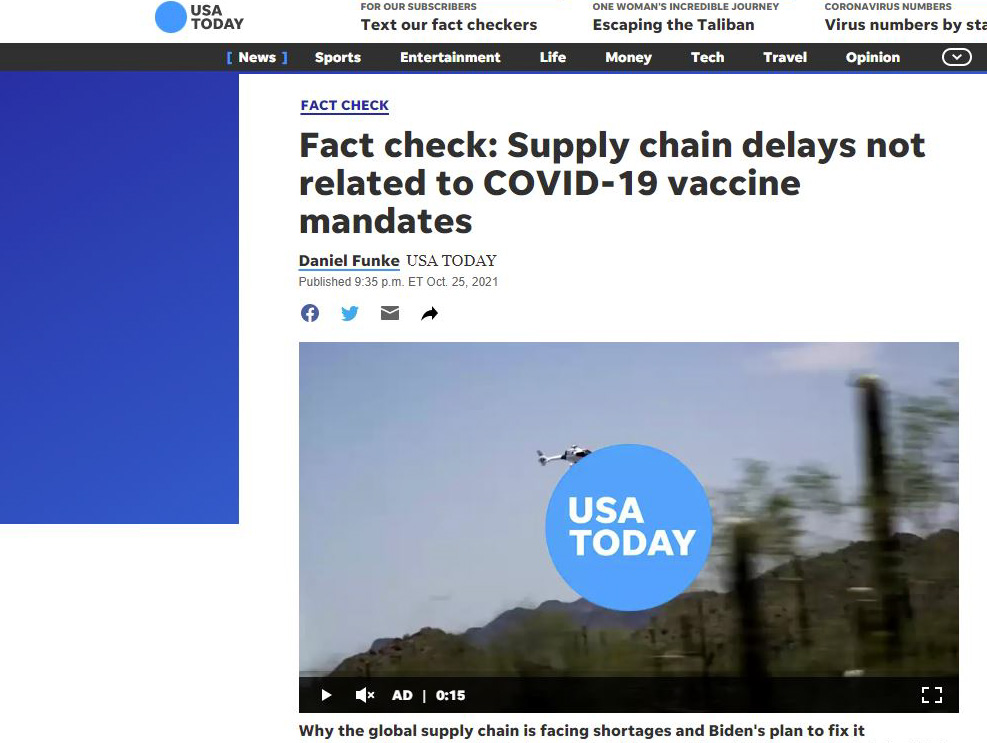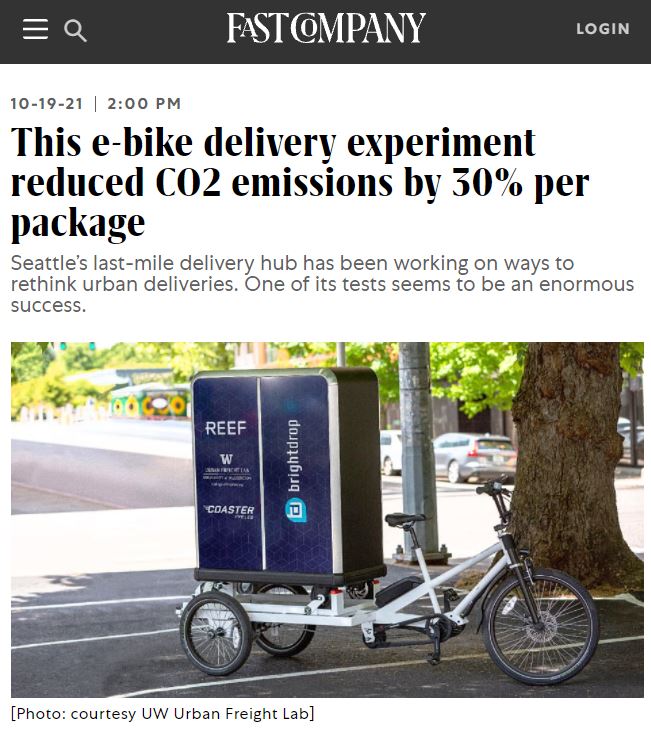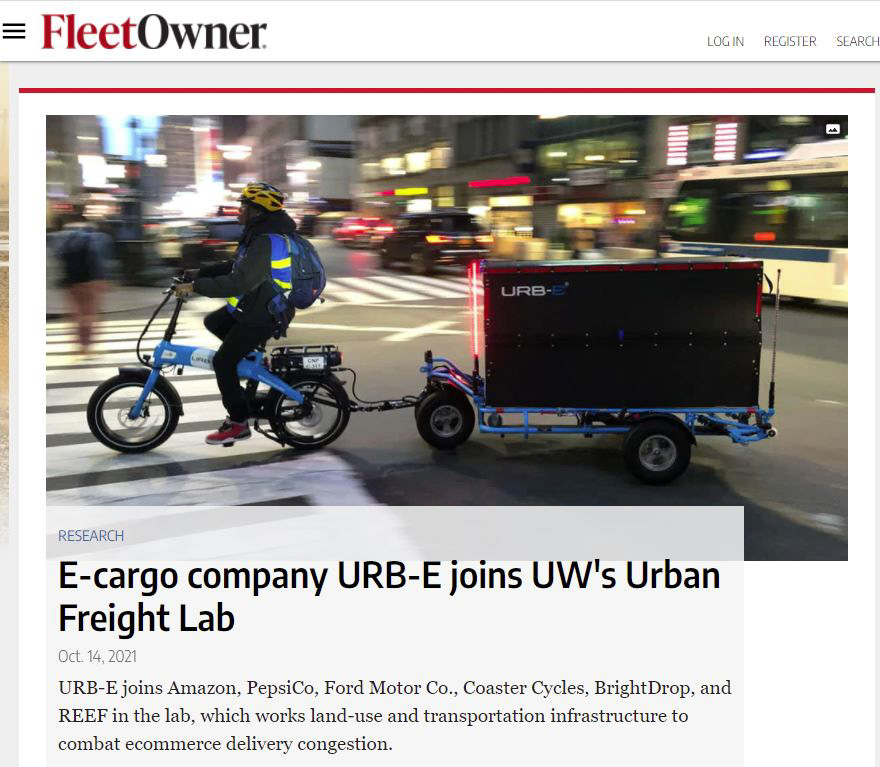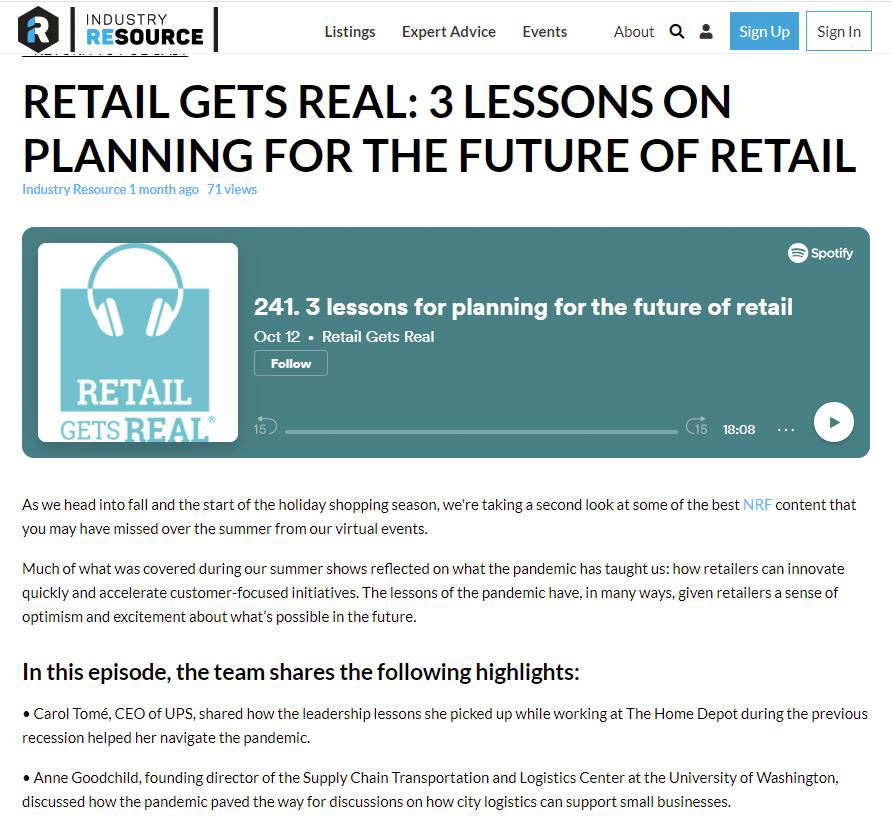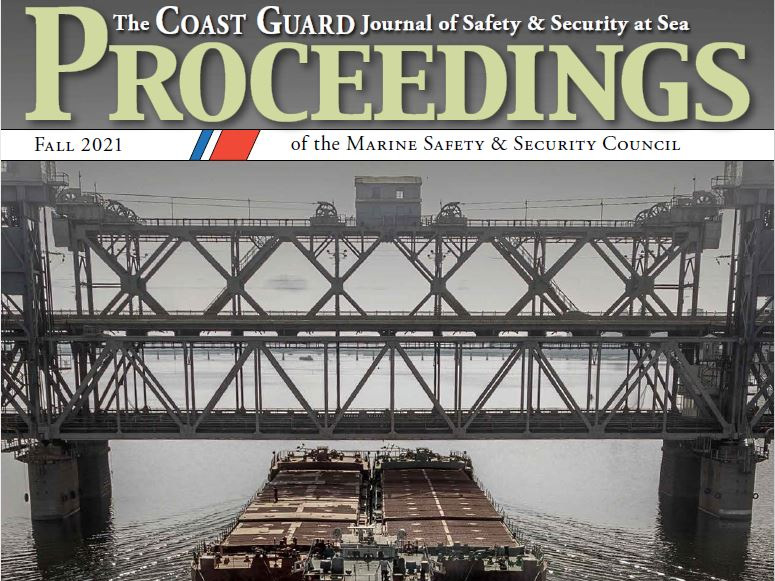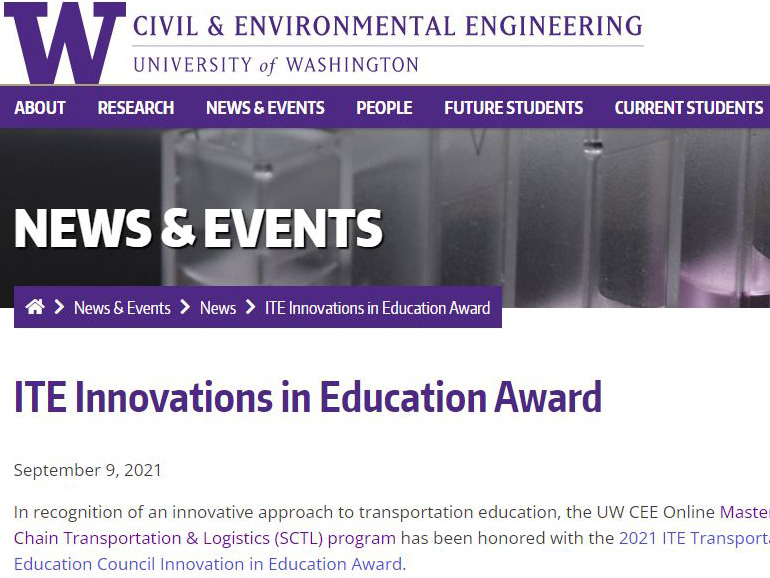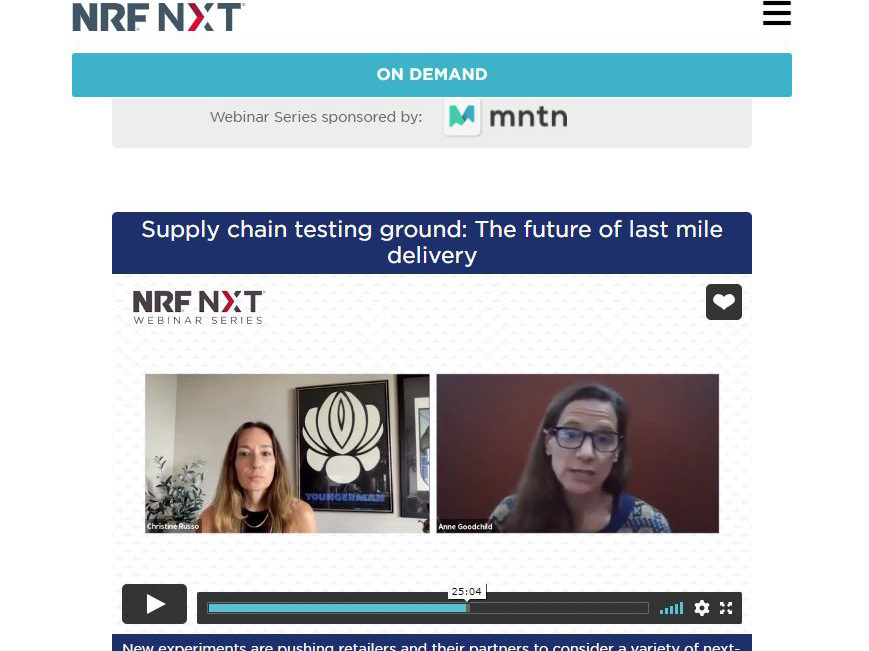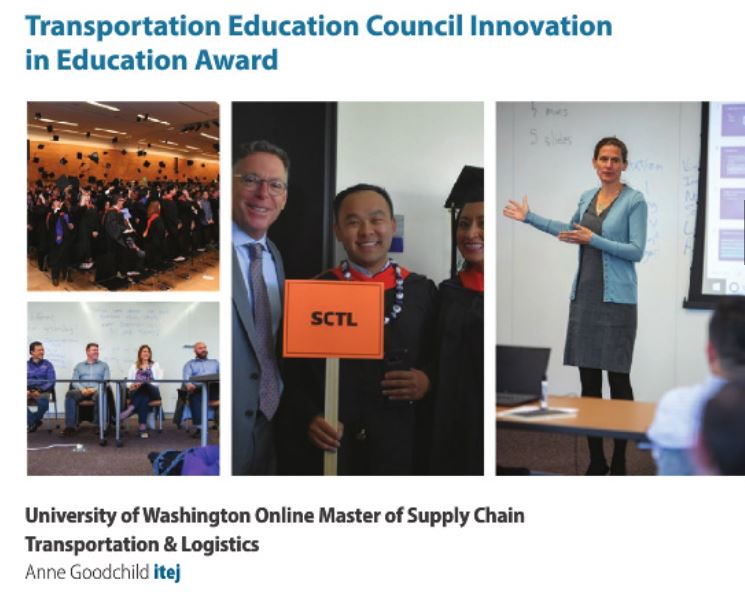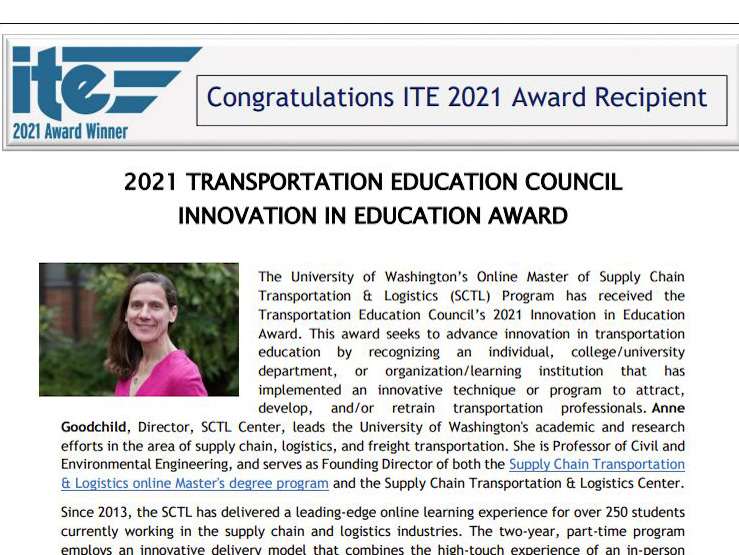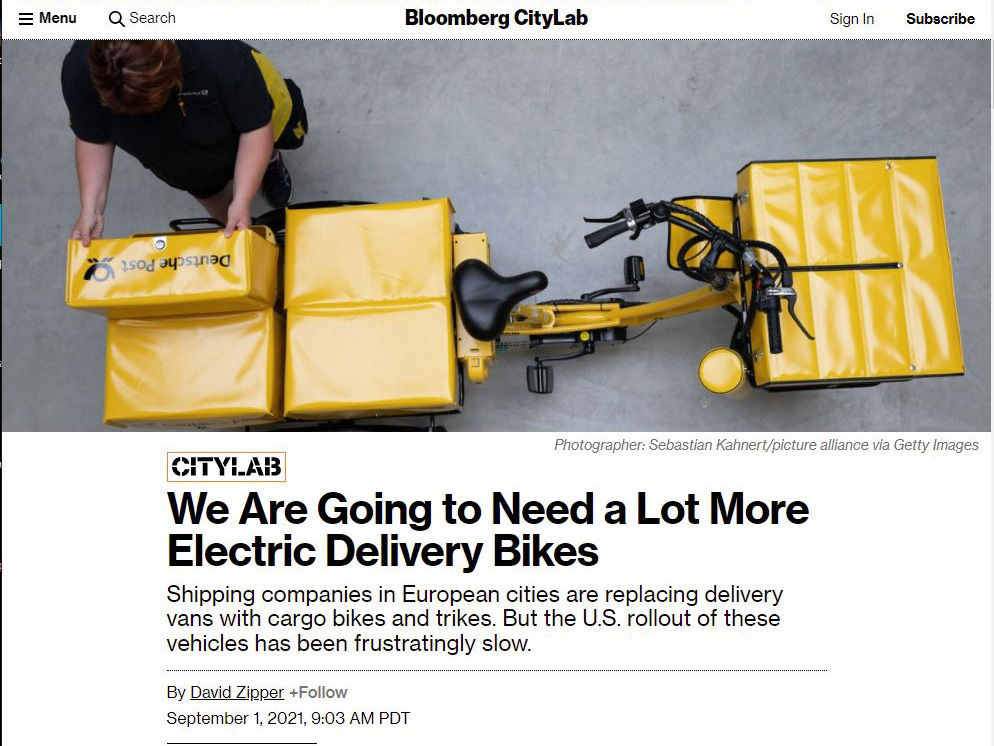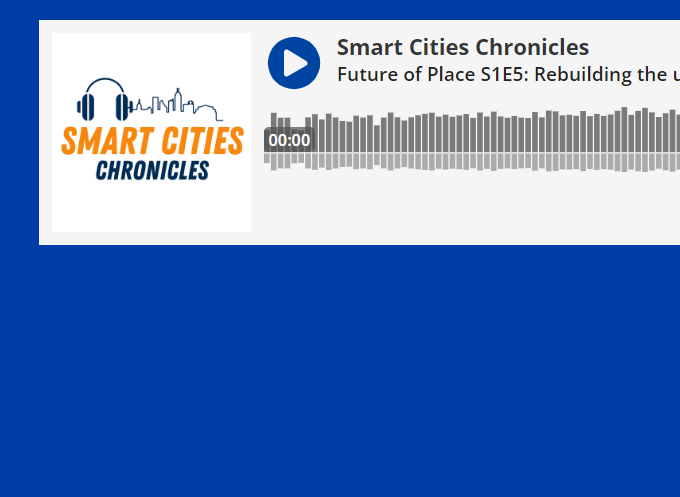In the Media
FreightWaves caught up with Penn State’s Andisheh Ranjbari (formerly Manager, Urban Freight Lab) after hearing her presentation at the urban freight session at the Transportation Research Board’s annual meeting in Washington earlier this month.
“It is very normal now for trucking and logistics companies to talk about sustainability not as some peripheral thing but as a fundamental shift,” Prof. Anne Goodchild said, adding that Amazon, by making commitments upfront, is “helping to create a market.”
A pilot project in Seattle through the University of Washington’s Urban Freight Lab tests an “open-network” locker, which can store deliveries from multiple retailers. It’s part of a three-year project testing the ability of different technology solutions to reduce delivery vehicle dwell time and planet-warming carbon emissions. An initial pilot program eliminated failed first deliveries and reduced delivery time.
A pilot program that used electric cargo bikes to make deliveries in a Seattle neighborhood reduced emissions for each package by 30 percent.
Experts say local, state and federal mandates are not responsible for current nationwide shipping delays.
Seattle’s last-mile delivery hub has been working on ways to rethink urban deliveries. One of its tests seems to be an enormous success.
URB-E joins Amazon, PepsiCo, Ford Motor Co., Coaster Cycles, BrightDrop, and REEF in the Urban Freight Lab, which works land use and transportation infrastructure to combat ecommerce delivery congestion
The lessons of the pandemic have, in many ways, given retailers a sense of optimism and excitement about what’s possible in the future.
By Bill Keough, Anne Goodchild, and Giacomo Dalla Chiara
Consumers have become accustomed to having the products they order delivered faster than ever. Using innovative techniques to securely deliver goods wherever and whenever the customer requests them, delivery companies are advancing to meet this demand.
In recognition of an innovative approach to transportation education, the UW CEE Online Master of Supply Chain Transportation & Logistics (SCTL) program has been honored with the 2021 ITE Transportation Education Council Innovation in Education Award.
“Home delivery has been affecting transportation for close to thirty years,” Anne Goodchild said. “COVID simply accelerated the growth that we had anticipated.”
The Master of Supply Chain Transportation & Logistics has received the Institute of Transportation Engineers 2021 Innovation in Education Award. This award seeks to advance innovation in transportation education by recognizing an individual, college/university department, or organization/learning institution that has implemented an innovative technique or program to attract, develop, and/or retrain transportation professionals.
The University of Washington’s Online Master of Supply Chain Transportation & Logistics (SCTL) Program has received the Transportation Education Council’s 2021 Innovation in Education Award.
Urban Freight Lab researcher Giacomo Dalla Chiara says that more extensive networks of protected bike lanes could facilitate cargo bike delivery in the U.S.
Anne Goodchild from the University of Washington unpacks the Seattle Neighbourhood Delivery Hub and discuss all things urban and micro freight and what it means for the future of place.
